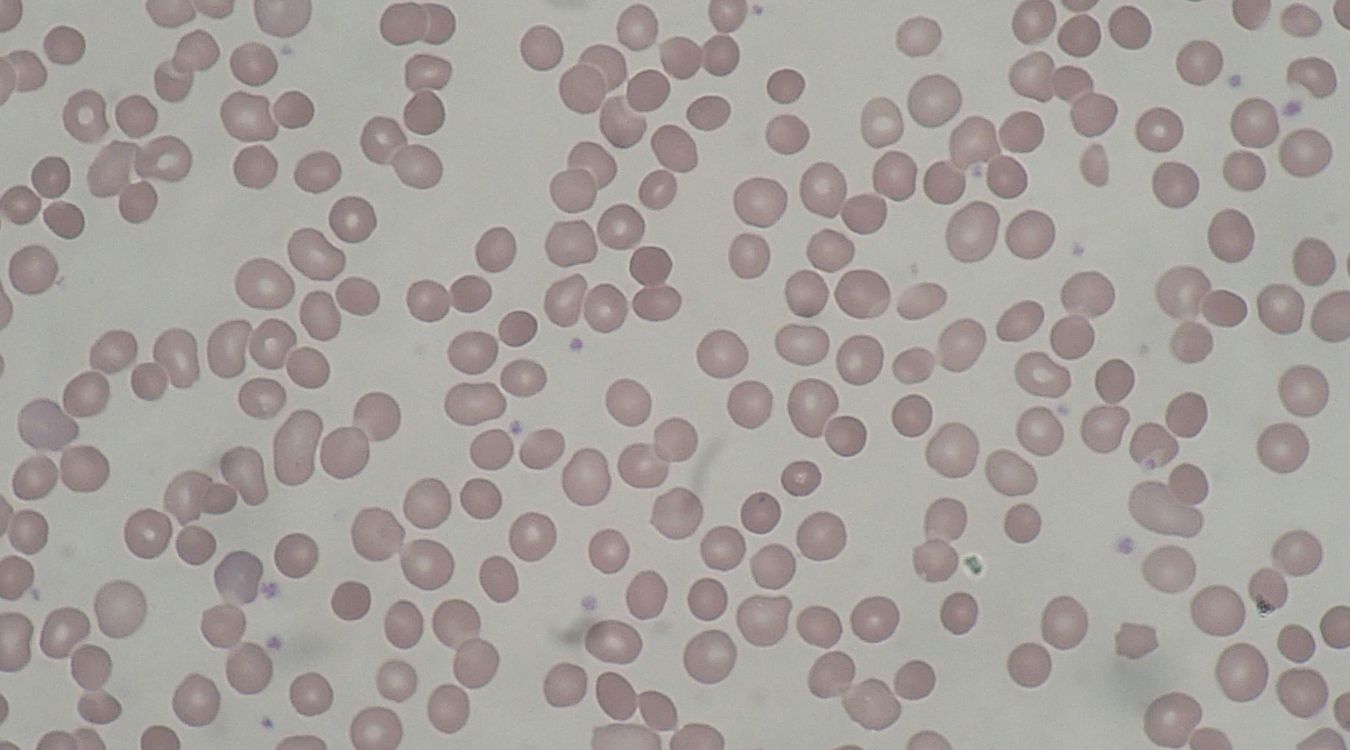
Congenital Spherocytic Hemolytic Anemia is a rare blood disorder that affects the red blood cells, causing them to be sphere-shaped rather than the typical disc shape. This abnormal shape makes the cells more prone to breaking down, leading to anemia. Symptoms often include fatigue, jaundice, and an enlarged spleen. Genetics play a crucial role, as the condition is usually inherited. Diagnosis involves blood tests, including a complete blood count and a test called the osmotic fragility test. Treatment can range from folic acid supplements to more intensive options like blood transfusions or even a splenectomy. Understanding this condition can help manage symptoms and improve quality of life.
Key Takeaways:
- Living with Congenital Spherocytic Hemolytic Anemia requires regular check-ups, a healthy diet, and staying hydrated. Joining support groups and having an emergency plan are also important for managing this rare blood disorder.
- Treatment options for Congenital Spherocytic Hemolytic Anemia include folic acid supplements, blood transfusions, splenectomy, vaccinations, iron supplements, and phototherapy for newborns with jaundice. These treatments help control symptoms and improve quality of life.
What is Congenital Spherocytic Hemolytic Anemia?
Congenital Spherocytic Hemolytic Anemia (CSHA) is a rare blood disorder. It affects the red blood cells, causing them to be sphere-shaped instead of the usual disc shape. This abnormal shape makes the cells fragile and prone to breaking apart. Here are some intriguing facts about this condition.
-
CSHA is Genetic: This disorder is inherited. It is passed down from parents to children through their genes.
-
Red Blood Cell Shape: In CSHA, red blood cells are sphere-shaped. This shape makes them less flexible and more likely to break.
-
Hemolysis: The breaking of red blood cells is called hemolysis. In CSHA, hemolysis happens more often than normal.
-
Jaundice: A common symptom of CSHA is jaundice. This causes the skin and eyes to turn yellow due to high levels of bilirubin.
-
Anemia: People with CSHA often have anemia. This means they have fewer red blood cells to carry oxygen around the body.
-
Splenomegaly: The spleen often becomes enlarged in CSHA. This condition is called splenomegaly.
-
Gallstones: Individuals with CSHA are at higher risk of developing gallstones. These are hard deposits that form in the gallbladder.
-
Fatigue: Due to anemia, people with CSHA often feel very tired and weak.
-
Diagnosis: CSHA is diagnosed through blood tests. These tests look at the shape and number of red blood cells.
-
Osmotic Fragility Test: This special test checks how easily red blood cells break apart in different salt solutions.
Treatment Options for CSHA
Managing CSHA involves various treatments to control symptoms and improve quality of life. Here are some common treatments.
-
Folic Acid Supplements: Folic acid helps the body make new red blood cells. People with CSHA often need extra folic acid.
-
Blood Transfusions: In severe cases, blood transfusions may be necessary. This provides the body with healthy red blood cells.
-
Splenectomy: Removing the spleen, called a splenectomy, can help reduce hemolysis. This is a common treatment for CSHA.
-
Vaccinations: After a splenectomy, vaccinations are crucial. They help protect against infections since the spleen plays a role in fighting bacteria.
-
Iron Supplements: Sometimes, iron supplements are needed. They help prevent iron deficiency anemia.
-
Phototherapy: For newborns with jaundice, phototherapy can help. This treatment uses light to break down excess bilirubin.
Living with CSHA
Living with CSHA requires ongoing care and lifestyle adjustments. Here are some important aspects to consider.
-
Regular Check-ups: Frequent visits to the doctor are essential. They help monitor the condition and manage any complications.
-
Healthy Diet: A balanced diet rich in vitamins and minerals supports overall health. It is especially important for people with CSHA.
-
Hydration: Staying well-hydrated helps maintain healthy blood flow. It can also reduce the risk of gallstones.
-
Avoiding Infections: People with CSHA should avoid infections. This is especially important after a splenectomy.
-
Exercise: Regular, moderate exercise can improve energy levels and overall well-being.
-
Support Groups: Joining a support group can provide emotional support and practical advice. It helps to connect with others who understand the condition.
-
Education: Learning about CSHA empowers patients and families. It helps them make informed decisions about care and treatment.
-
Emergency Plan: Having an emergency plan in place is crucial. It ensures quick action if severe symptoms or complications arise.
-
Genetic Counseling: Families with a history of CSHA may benefit from genetic counseling. It provides information about the risks and implications of passing the condition to future generations.
Final Thoughts on Congenital Spherocytic Hemolytic Anemia
Understanding Congenital Spherocytic Hemolytic Anemia (CSHA) can make a big difference for those affected. This genetic disorder, causing red blood cells to become sphere-shaped and break down easily, leads to anemia, jaundice, and splenomegaly. Early diagnosis and proper management, including folic acid supplements, blood transfusions, and sometimes splenectomy, can improve quality of life. Genetic counseling helps families understand the risks and inheritance patterns.
Living with CSHA requires regular medical check-ups and a supportive care team. Awareness and education about this condition are crucial for early intervention and better outcomes. By staying informed and proactive, individuals with CSHA can lead healthier, more fulfilling lives. Remember, knowledge is power, especially when it comes to managing health conditions like CSHA. Stay curious, stay informed, and take charge of your health journey.
Frequently Asked Questions
Was this page helpful?
Our commitment to delivering trustworthy and engaging content is at the heart of what we do. Each fact on our site is contributed by real users like you, bringing a wealth of diverse insights and information. To ensure the highest standards of accuracy and reliability, our dedicated editors meticulously review each submission. This process guarantees that the facts we share are not only fascinating but also credible. Trust in our commitment to quality and authenticity as you explore and learn with us.
